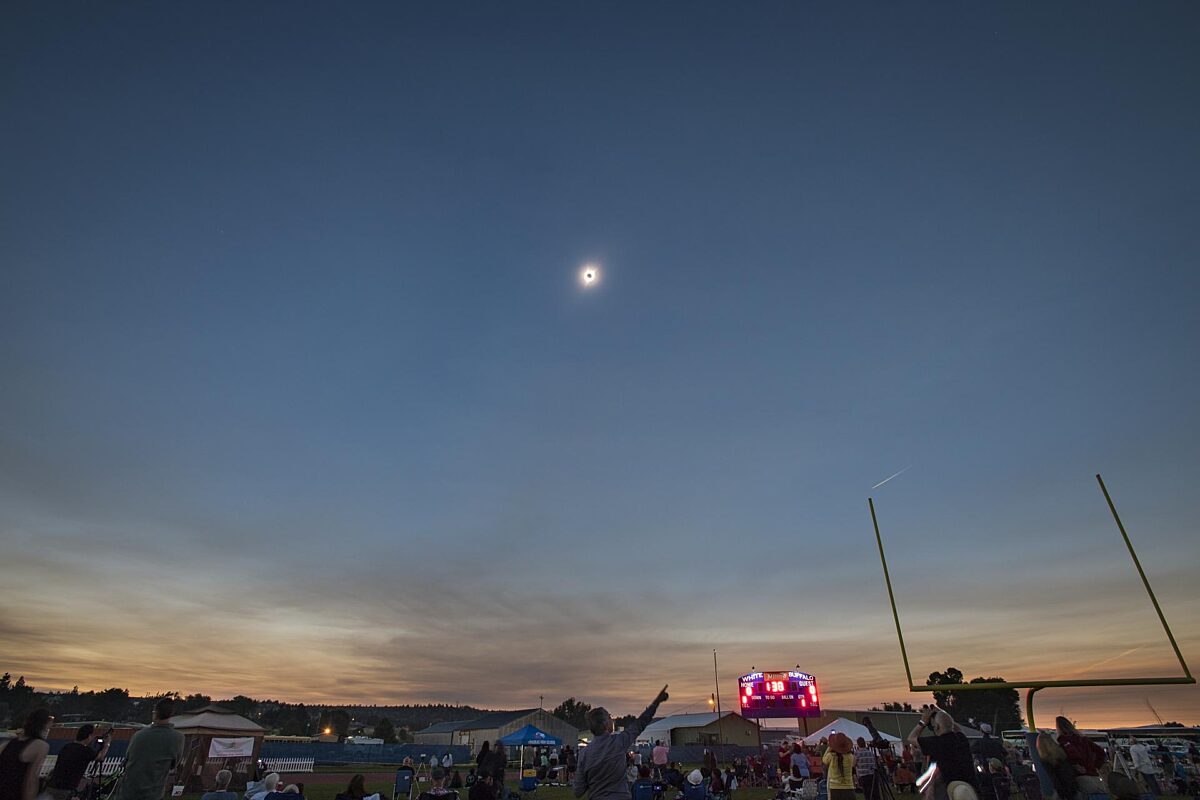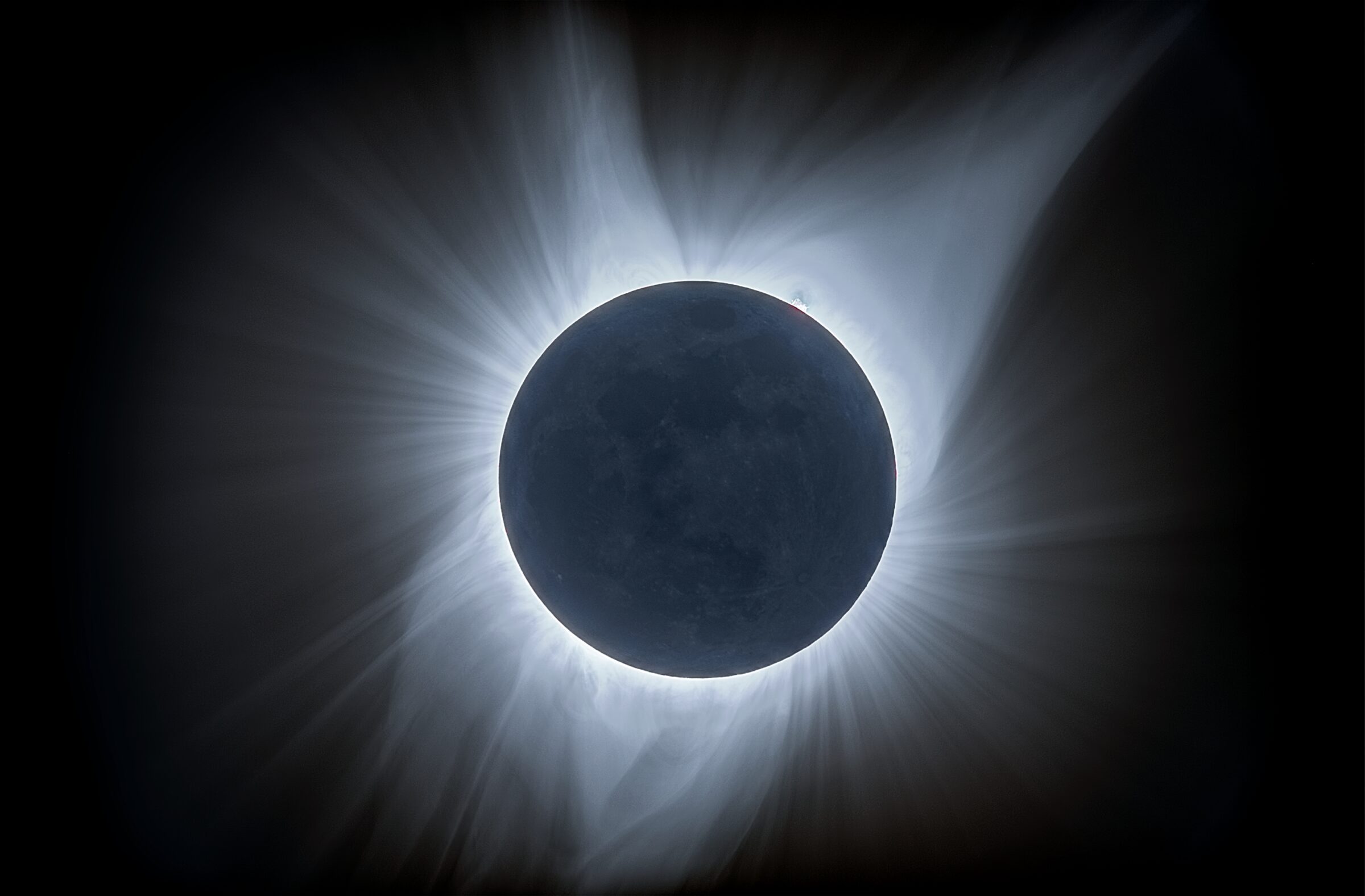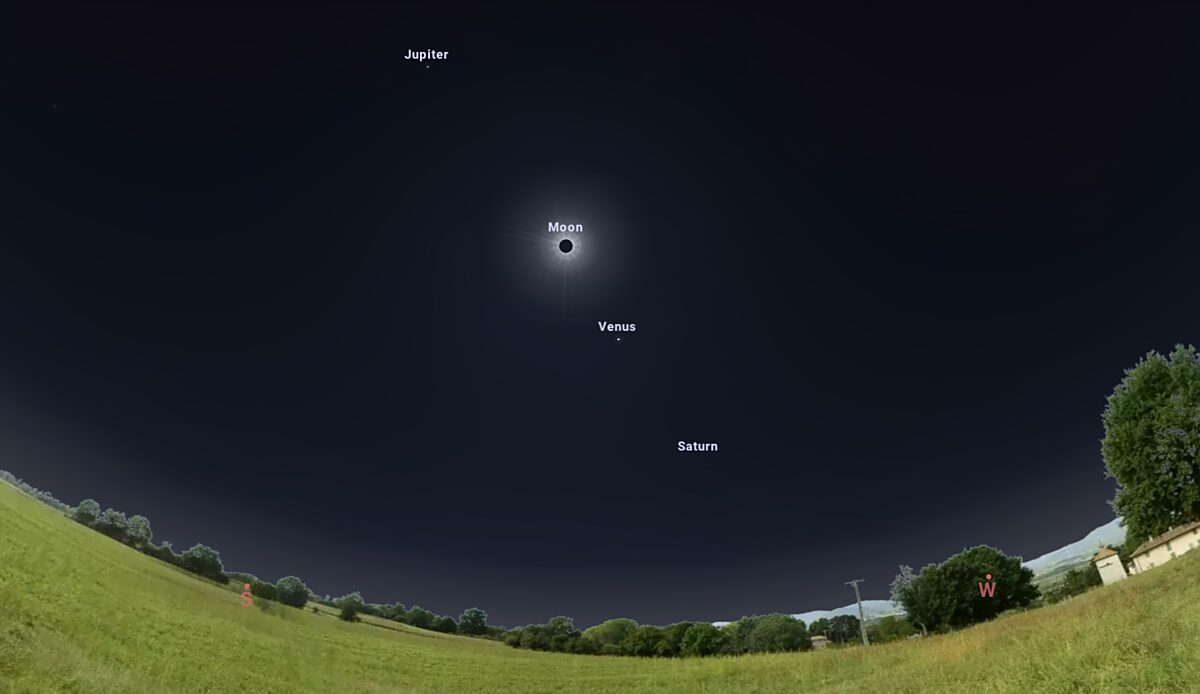Jason Davis • Aug 22, 2023
Total solar eclipse 2024: Why it’s worth getting into the path of totality
A total solar eclipse is coming to North America on Monday, April 8, 2024.
While an estimated 635 million people will be able to watch the Moon obstruct at least part of the Sun, a rarer few will experience something grander. In a narrow band stretching across Mexico, the United States, and Canada, the Moon will entirely block the Sun for a few minutes, plunging the sky into twilight for a total solar eclipse.
Only 43 million people — 0.5% of the world’s population — live in what is known as the path of totality, meaning they will experience this total solar eclipse. There’s no comparison between a partial solar eclipse and total solar eclipse. People who have experienced the latter often say it is a deeply moving event that binds the observer to the Cosmos.
If you live in the path of totality, congratulations! You’re in for a treat. If you live outside the path of totality but have the means to reach it for the eclipse, we highly recommend it. Here’s why.

Day turns to twilight
If you plan to observe the solar eclipse from just outside the path of totality, the Moon might cover 99% of the Sun, leading you to believe that your viewing experience will be 99% as good as it would be in the path of totality.
The Sun, however, is extremely bright. Watching from a position where the Moon covers that last 1% of the Sun means you will see the sky get 10,000 times darker. Day turns to twilight for a few minutes. The sky overhead gets dark, and the horizon glows softly in all directions.
You can look at the Sun
A total solar eclipse is the only time you can look at the Sun without a filter or special glasses. You won’t see the Sun’s surface, but you’ll see something more astonishing: the corona.
The corona is the outermost part of the Sun’s atmosphere. Here, hot gas travels along wisps and loops that stretch into space. The corona is normally invisible, since the Sun’s extreme brightness easily overwhelms it. But during a total solar eclipse, with the disk of the Sun blocked, the corona appears as a white, gossamer structure billowing from the surface. It’s a rare sight that is only visible during totality.

You may see other cosmic phenomena
With the sky darkened, you may be able to see some stars and planets, depending on viewing conditions at your location. Bright Venus may appear to the Sun’s right or bottom-right, with dimmer Jupiter at the Sun’s left or upper-left.
Also, don’t forget the Moon! Just prior to totality, the last rays of sunlight will slip through lunar valleys on the Moon’s limb, creating a string of pearly dots known as Baily’s Beads. You can watch through a solar filter or eclipse glasses as the beads slowly wink out, until the last one shines bright, giving the impending eclipse the look of a diamond ring. The phenomenon will appear in reverse at the end of totality.

Animals may think it’s time for bed
Throughout recorded history, citizens and scientists have noticed strange animal behavior during total solar eclipses. During the 2017 total solar eclipse in Columbia, South Carolina, scientists monitored the behavior of 17 mammals, birds, and reptiles at the Riverbanks Zoo and Garden. They reported that 75% of the animals responded to the sudden darkening of the sky, with most “engaging in their established evening or nighttime behaviors.”
Other observations of altered animal behavior during a total solar eclipse include spiders disassembling their webs, and fish swimming more slowly.
Temperatures will drop
Perhaps not surprisingly, with the heat of the Sun temporarily blocked by the Moon, temperatures will drop. According to NASA you can expect a drop of about 5 degrees Celsius (10 degrees Fahrenheit) depending on the humidity and cloud cover at your location.
You can connect with your ancestors
Solar eclipses were already happening when humans emerged on Earth. Our awe-inspired ancestors often tried to ascribe meaning to what they saw.
One such example: a solar eclipse in 585 B.C.E. stopped a war between the Lydians and Medes, two peoples who lived in present-day Turkey. The war had raged for five years, until in the midst of a battle, “day was suddenly turned to night.” The two armies stopped fighting and made peace with one another.
This is your last chance to see a total solar eclipse in the contiguous U.S. until 2044
While there will be more total solar eclipses around the world in the coming years, this will be your last chance to see one in the contiguous United States for 20 years. On Aug. 23, 2044, a total solar eclipse will begin in Greenland, sweep through Canada, and end as the Sun sets in Montana, North Dakota, and South Dakota.
During the 2044 eclipse, the path of totality will only touch three states. Conditions in the U.S. for the 2024 eclipse will be far better, with the path of totality stretching from Texas to Maine. Find a viewing location near you and don’t miss out on this rare cosmic spectacle!
Support our core enterprises
Your support powers our mission to explore worlds, find life, and defend Earth. You make all the difference when you make a gift. Give today!
Donate

 Explore Worlds
Explore Worlds Find Life
Find Life Defend Earth
Defend Earth

